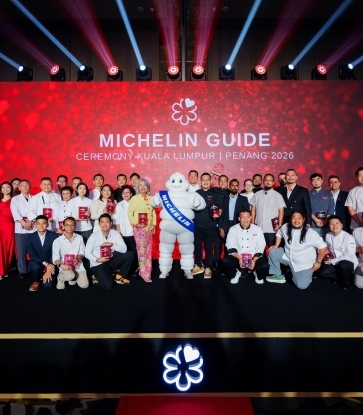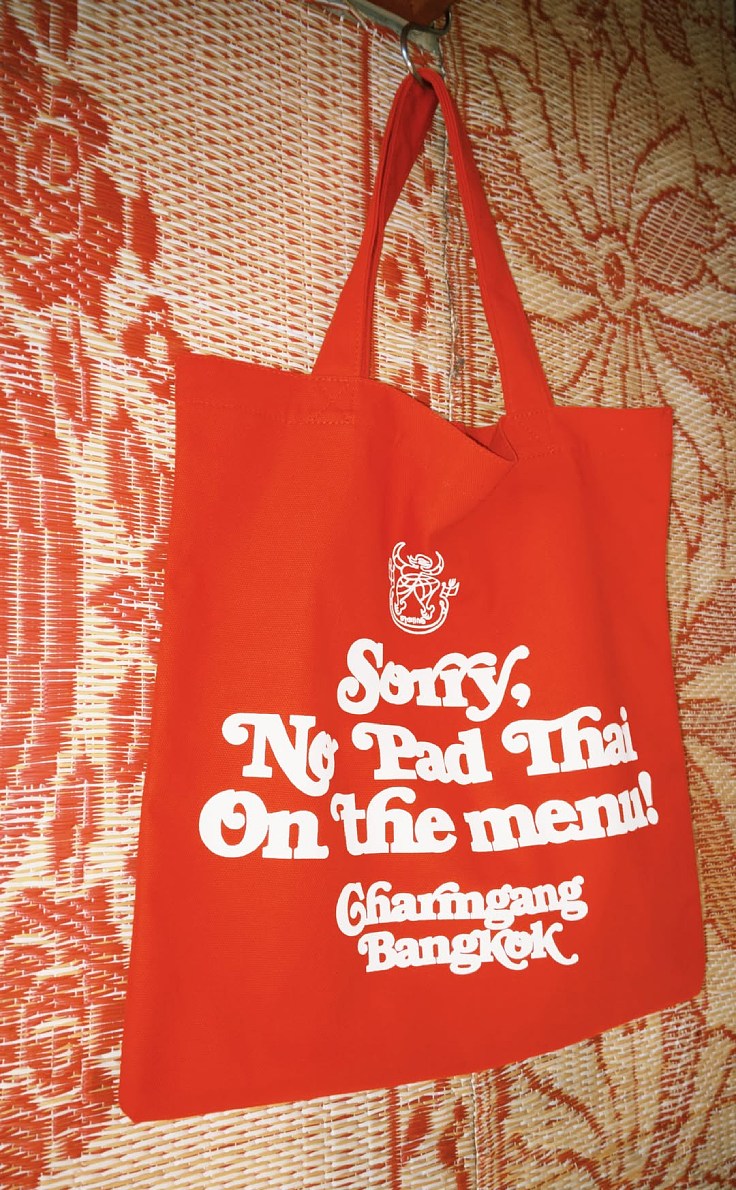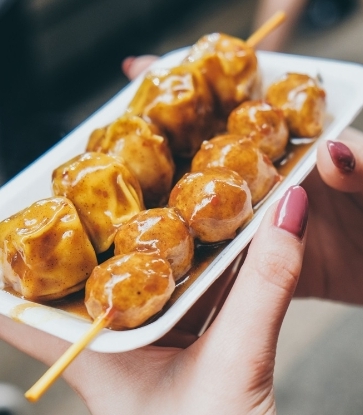Retro dishes are making a comeback, and heritage-inspired dining is always in vogue in Hong Kong. To truly grasp the city’s culinary soul, one must dive into the essence of the humble cha chaan teng. These vibrant, quirky eateries, with their eclectic menus and nostalgic charm, are the ultimate symbols of Hong Kong’s resourcefulness and cultural fusion.
From classic Hong Kong-style milk tea to instant noodles and pineapple buns, cha chaan tengs have been blending local ingredients with Western elements for generations, creating iconic dishes that have stood the test of time. Explore the history and enduring flavours of these cultural institutions that continue to define Hong Kong’s food scene.
The humble roots
The origins of cha chaan tengs trace back to the 1940s and 1950s, when British colonial influence began to leave its mark on Hong Kong’s dining scene. Western-style restaurants, dishing out luxuries like steaks and pastries, were reserved for the elite. Meanwhile, the working class craved similar flavours but at more wallet-friendly prices. Enter the cha chaan teng, evolving from the humble bing sutt (; “ice room”) of Guangzhou in China. These quaint spots originally served chilled treats like red bean ice and basic snacks such as sandwiches and buns — small bites that would pave the way for the cha chaan teng revolution.A wave of enterprising restaurateurs seized the moment, adapting Western dishes using local ingredients, many of them canned. These “soy sauce Western” creations provided a creative, affordable solution for the working class. Dishes like macaroni in broth with ham, baked pork chop rice and the iconic Hong Kong-style French toast emerged from this clever cultural mash-up.
Initially, these spots operated under a bing sutt license, which only allowed the sale of light refreshments — no open flames, no elaborate menus. But in the 1960s, a regulatory shift introduced the cha chaan teng license, combining light refreshments with full restaurant licenses. This opened the floodgates for cha chaan tengs to expand, transforming them into the cultural icons they are today.
Pioneering establishments like Yue Lee Tai capitalised on these changes, and Lan Fong Yuen — one of the oldest cha chaan tengs in the city — is credited with inventing two beloved drinks: yuen yeung and the ever-popular “silk-stocking” milk tea.

From economic necessity to cultural icon
The cha chaan teng quickly morphed from a functional necessity into a cultural institution. It became the place to hang out, whether for a quick bite or a casual social gathering. With fast service and low prices, these eateries became indispensable for Hong Kong’s working class. The mid-afternoon ritual of saam dim saam (three-fifteen) — grabbing a cup of strong milk tea and a pineapple bun — became a cherished tradition for office workers and labourers alike.As the 1980s rolled around and Hong Kong’s film industry hit its stride, cha chaan tengs grew even more iconic. Acclaimed directors like Wong Kar Wai and Stephen Chow showcased these eateries in their films, immortalising their timeless charm and role in Hong Kong’s urban fabric. What was once a simple, functional dining spot became a symbol of Hong Kong identity — a nostalgic marker that continues to resonate today.
RELATED: Discover Hong Kong’s MICHELIN-Recommended Restaurants by MTR: Island Line, Middle Section

Regulars on the menu
Cha chaan tengs offer a delightful fusion of Chinese and Western flavours, with menus often tucked under glass for diners to explore.A quick tip: that first cup of water? It's for washing utensils, not sipping. Iconic offerings include:
Milk tea and yuen yeung
Hong Kong-style milk tea, crafted from a blend of black teas and evaporated milk, is a quintessential pick-me-up. Yuen yeung, the bold lovechild of coffee and milk tea, doubles the buzz — perfect for indecisive sippers.
French toast
Deep-fried to golden perfection, it’s often served with condensed milk or a thick slab of butter.
Instant noodles with spam and fried egg
This simple, comforting dish exemplifies ingenuity in using pantry staples.
Egg tarts
Flaky and buttery crusts filled with smooth, creamy custard, these pastries are cha chaan teng royalty, influenced by British custard tarts. Not to be confused with Portuguese egg tarts a bridge away in Macau.

Pineapple bun
Despite its name, this beloved treat contains no pineapple. The bun boasts a golden, sugary crust that mimics the tropical fruit’s rugged skin. Rumour has it, pineapple bun is a distant cousin of Mexico’s concha.
Sorrowful rice
Inspired by Stephen Chow’s The God of Cookery (1996), this nostalgic combination of roast pork and fried egg brings tears of nostalgia to many Hong Kongers’ eyes.
Many cha chaan tengs retain their nostalgic charm, with pastel-coloured tiles, handwritten menus, and communal seating arrangements. The brisk (sometimes brusque) service and lightning-fast food delivery add to their unique appeal.
RELATED: The Evolution of Char Siu: A Timeless Delicacy Across Generations

Reinventing tradition
As Hong Kong’s food scene evolves, younger chefs are putting their own spin on cha chaan teng classics, giving old-school favourites a fresh lease on life. Chef ArChan Chan of the MICHELIN-recommended Ho Lee Fook is one such innovator.“We’re inspired by cha chaan tengs like the classic Lan Fong Yuen, just a stone’s throw away from Ho Lee Fook,” Chan explains. “The French toast we serve pays homage to this comforting Hong Kong dessert, which emerged during colonial times when local chefs adapted Western recipes. By reimagining it with lighter touches, we’re bringing nostalgic flavours into today’s world. Yuen yeung, often overlooked outside of Hong Kong, can be transformed into a dessert that tells a story of fusion and sparks conversations.”

These modern interpretations attract both locals and tourists, ensuring that the cha chaan teng spirit remains relevant. Meanwhile, traditional establishments like Lan Fong Yuen, Australia Dairy Company and Mido Café continue to serve classic offerings for those seeking a more authentic experience.
A global culinary ambassador
The influence of cha chaan tengs extends well beyond Hong Kong. Across Chinatowns worldwide, these eateries act as cultural ambassadors, introducing international diners to the unique flavours and traditions of Hong Kong cuisine. Even Busan has embraced the concept, with the cha chaan teng-inspired diner Good morning Hongkong featured in the MICHELIN Guide.
As Hong Kong’s culinary scene garners more international attention and the diaspora grows, the conversation around tradition becomes louder. But here’s the thing: the true essence of cha chaan tengs has always been about creativity, adaptability, and reinvention. These eateries were born from resourcefulness, fusing local ingredients with Western influences to create something entirely new. So, preserving the tradition doesn’t mean sticking to the same old — it’s about embracing change, experimenting, and evolving.
With younger generations now taking charge, cha chaan tengs are primed for an exciting future. Sustainability, health-conscious dining, and global influences are shaping the next wave, but one thing will remain constant: the spirit of reinvention. After all, it’s this very adaptability that has kept cha chaan tengs alive for generations, offering a taste of tradition — freshly reimagined for the future.
Further Reading: Beyond Bar and Clubs: Experience Hong Kong’s Late Night Like a Local
Hero image: ©Shutterstock

















